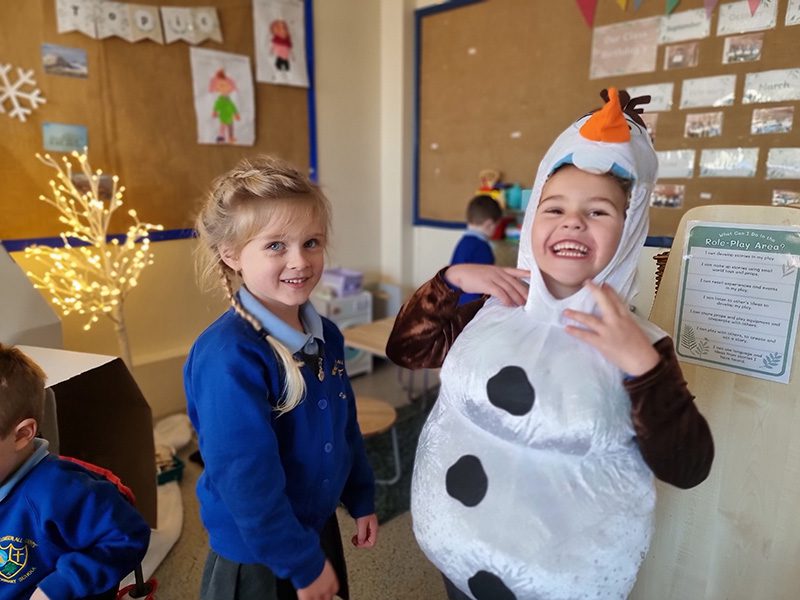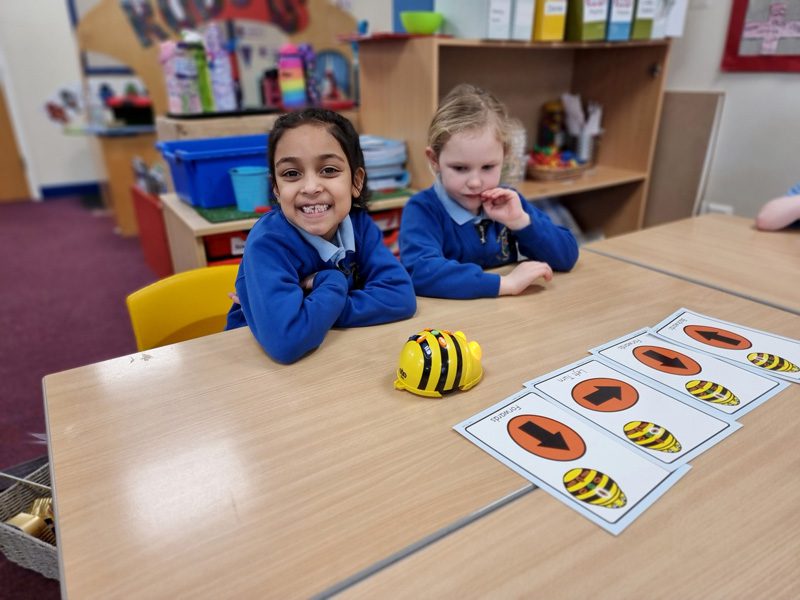Art
Intent
Our aim is for all pupils to be knowledgeable, expressive, and inspired:
In Art, this means children are engaged and inspired by a well-designed, sequential curriculum to nurture creative thinking. Art is highly valued as part of our rich curriculum and supports the children to acquire the knowledge and cultural capital they need to succeed in life.
Our Four Curriculum Drivers underpin our approach to learning across all subjects at NLAS.




Our intent is that our children learn through art, as well as about art. They will learn about great artists and designers from different historical periods and cultures juxtaposed with more contemporary artists, giving pupils many opportunities and experiences (media, techniques, approaches, and artists) to find the elements of art which resonate with us and to learn from the way they see the world.
Through the teaching of subject specific technical vocabulary and opportunities for focused talk during lessons, children will explore why art is relevant to all our lives, and we aim to make pupils feel entitled to develop their creativity, and understand their place in the world as creative, confident beings.
Contrasting localities are carefully chosen to help children to recognise the diversity of our local communities, providing an opportunity to deepen their frame of reference and show empathy and understanding to others. As such, resources and materials are selected to challenge stereotypical images of places and art.
Linking the content of the curriculum to our 10 core values and our All Saints’ Way is essential in the teaching of art: empowering children with the confidence to have a go, to learn from mistakes and to keep trying and improving.
Works and artists covered reflect the diversity of our community enabling pupils to see themselves within the art curriculum. This supports their belief that they too can be great artists and designers. The focus on having a growth-mindset is essential in the teaching of art to empower children with the confidence to have a go, to learn from mistakes and to keep trying and improving.
Children will explore the purposes of art within a context as well as its meaning within their own life and future e.g. exploring identity. An appreciation of the arts is essential to fully engaging in a rich cultural life.
All children, including those who have SEND or are disadvantaged are supported to fully access our curriculum. This may include additional adult support or the use of visuals, structured sentence stems, resources, etc. which acts as a scaffold for children’s learning.
Implementation
The Art scheme of work, developed by staff across all key stages, lays out the sequential steps to be taught so that new knowledge and skills build on what has been taught before and pupils can work towards clearly defined high quality outcomes. Key artists and genres to be taught are outlined to ensure children learn about, and be inspired by, a range of periods and artistic approaches.
Art is taught within topics, with lessons sometimes blocked to allow immersion in the process. Each element of Art (line, shape, form, space, texture, value, and colour) is covered and revisited so that pupils retain and build upon prior learning. Implementing a holistic curriculum will nurture creative thinking, where concepts and skills are interwoven throughout units to ensure children are consolidating and developing a deeper understanding of the key elements of art.
Children have focussed art appreciation lessons based on the theme, genre, or media they are studying. This builds knowledge and acts as inspiration for their own creativity.
Children can further their interest and experience by attending one of our art-based clubs- this includes drawing, painting, collage, clay, and artist-based art clubs. Children will also have opportunities to enter art competitions, including the Royal Academy of Art’s Young Summer Art Exhibition.
The Art lead supports teachers and monitors standards by reviewing planning of units, talking to children with their sketchbooks and completing walkthroughs and drop ins of lessons. Governors are also involved in these processes.
Impact
Children at NLAS can express informed opinions, make connections, and have a developing knowledge of artists from different time periods.
Children build the skills needed to produce their own works across a range of styles and media.
Standards in art are high as demonstrated in the quality of works produced.

New Longton
Preston
Lancashire
PR4 4XA




